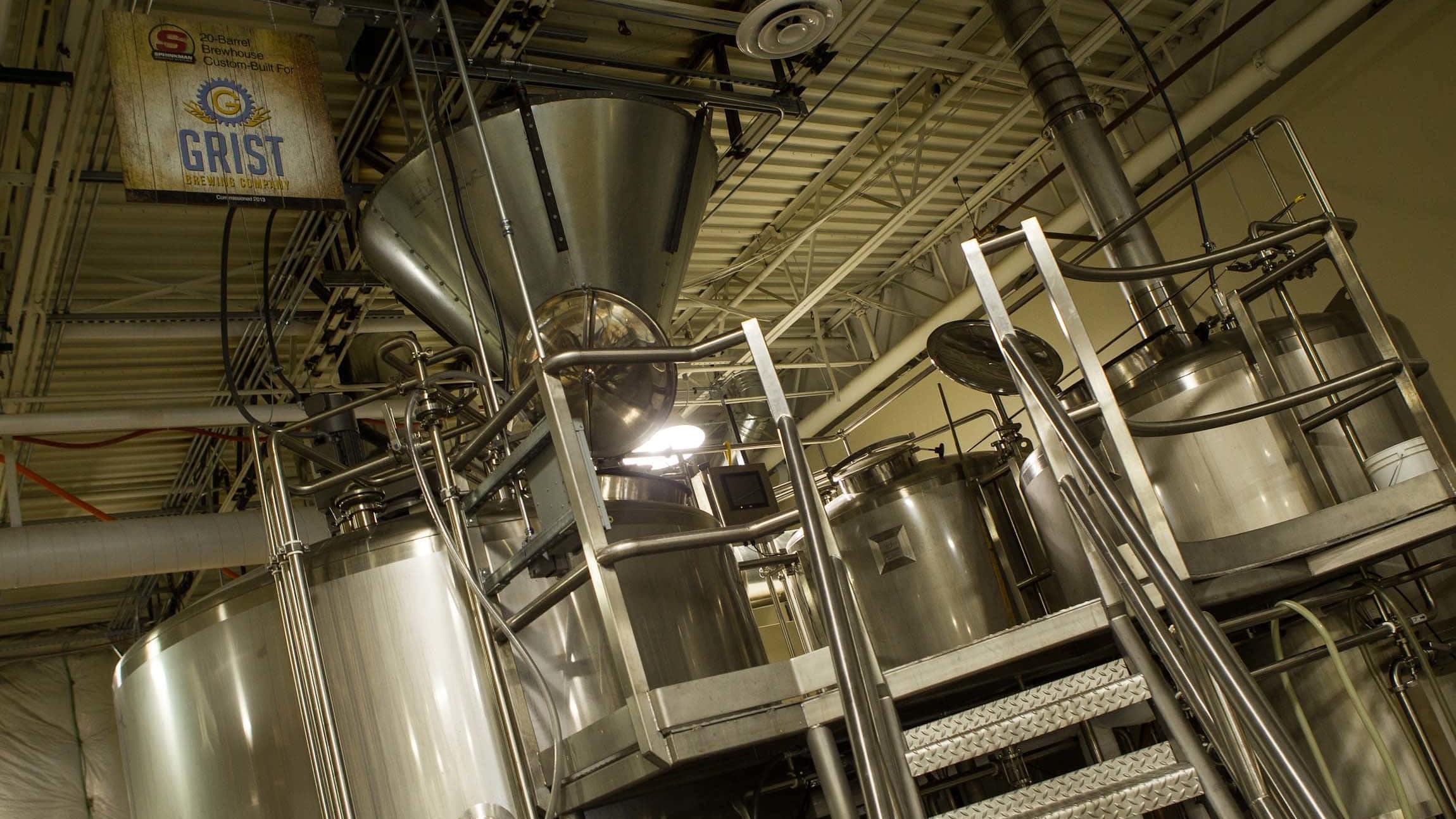If you’re looking to start a career in growing custom yeast for craft breweries, a good place to start is with studying cell-cycle repair mechanisms in yeast cells. At least that’s how Matthew Peetz, co-owner of Denver based Inland Island Yeast Laboratories, LLC, got started.
“Absolutely,” he says when asked if his background in biosciences helped prepare him to grow yeast for brewers. “In each one of [my past jobs] my role was really to grow and take care of cells. You can’t use it if you can’t keep it alive. That plays a big role in what I do now.”
There aren’t that many yeast production companies in the United States, let alone operations serving craft breweries. Inland Island has helped to propel multiple Denver-area breweries to medals at the Great American Beer Festival, with an approach based both in science and a love of great beer.
But what does yeast actually do in the process of making beer, and how does it affect that frothy ale in your hands?
A potent and powerful ingredient
“The saying is: ‘Brewers make wort, yeast makes beer,’” Peetz explains. Wort is the sugary mixture of water, malts and hops extracted during the brewing process. Yeast, a living organism, consumes the sugar and turns it into alcohol.
Obviously, alcohol is a key component to the final outcome of beer, but yeast actually provides much more than just adding a tipsy element.
“When a brewer is preparing wort, they can add flavors that are malty and hoppy, and they can add spices. But they’re limited to playing with sweetness, bready flavors or malts and hops,” Matthew explains. “Yeast is able to add a number of other flavors.”
Want fruity flavors of banana and mango? A nice full-bodied mouth feel? How about more sweetness? While hops get all the glory, yeast actually has a lot — if not most — to do with developing all of the flavors and qualities of your favorite beers.
“There are thousands and thousands of flavors of beer,” Peetz says. “You can’t just buy these flavors and put them together.”
As the yeast consumes sugar, transforming it into alcohol, it also creates lots of byproducts. Different strains produce different byproducts, which in turn produces the desired qualities in the final product. Byproduct compounds like diacetyl can add buttery notes, while esters and phenols provide fruity and spicy flavors.
A genetic tool making new history
Inland Island takes calls from big and homebrewers alike, and points them to the perfect yeast strain for the type of beer they’re trying to brew.
“It’s another tool in the toolbox that brewers can use to create authentic styles of beer,” he says. Want a beer that tastes native to Northern England? There’s a strain for that. The famous beers of Belgium? There’s a strain for that, too. But it wasn’t always that simple.
Before biosciences, brewers didn’t really understand how yeast worked, they just knew that it did. It was so magical that in England it was once called “Godisgood.” So, if brewers made a beer they liked, they just extracted the yeast from that batch and used it again.
“Back in the day, you would have used your house yeast for every beer,” Peetz says. “Now, with craft breweries, they want it to be really authentic. They have to have the correct yeast to produce authentic-tasting beers.”
Matthew says that people growing and selling yeast specifically for beer really only started about 50 years ago, a blip in the grand human history of brewing. In more recent history, the craft beer boom in Colorado has allowed companies like Inland Island to thrive. Brewers can now get the strains they need locally, and Matthew and his team can even create custom strains depending on what brewers are looking for.
“We do a lot of custom stuff, which has helped a bunch of customers here in Denver to develop unique and custom flavors,” Peetz says. “We’re really proud of breweries that have used these unique strains.”
Where does yeast come from?
Yeast is really important, and pretty much one of the best things to ever happen to humankind, since without it we wouldn’t be able to enjoy all the craft beers we have today. But where does it come from?
“The simplest form is: We grow yeast in wort and we add oxygen.” Homebrewers know that you want oxygen at the beginning of the fermentation process to get the yeast activated, but after that oxygen is considered detrimental to the final outcome.
“It makes really low-alcohol beer that tastes terrible,” Matthew explains. “But then the yeast we extract can make the next beer taste great.”
Suggested Reading:
Additionally, Peetz oversees over 200 strains in Inland Island’s yeast bank in cryogenic storage. His previous experience and his Master’s degree in Cellular Biology mean he knows not only how to produce the organisms, but keep them alive so brewers can get their hands on the strains they need.
He also practices the art of found yeast.
“What I enjoy the most is sourcing new strains from people – we can use flowers and fruit from the Denver Botanic Gardens, or find a beer from Belgium or France that had a unique yeast, and we’re able to obtain that from the bottled beer.”
Any beer that’s not filtered has some of the original yeast in it, and Matthew and his team are able to extract it and then use that same yeast for custom brews.
The next time you’re sipping on some bubbly, delicious Colorado-brewed beer, think about all the hard work those microscopic yeast organisms put into making it — and of course the biologists who grew the yeast, too.
Matthew Peetz is the co-owner of Inland Island Yeast Laboratories.

